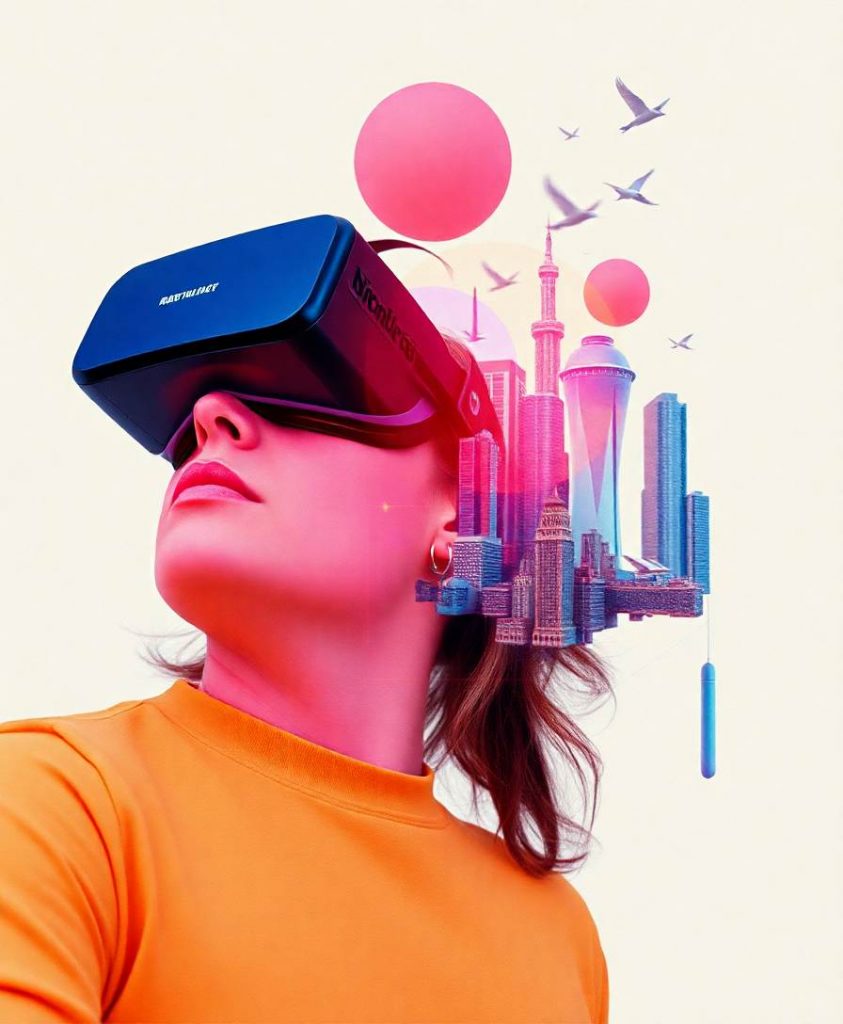Stroke is a leading cause of morbidity and mortality among elderly populations worldwide. During the early phase of stroke, restoring blood circulation is of utmost importance to protect neurons from further injury. Once the initial condition is stabilized, various rehabilitation techniques can be applied to help stroke survivors gradually regain their affected functions. Among these techniques, transcranial magnetic stimulation (TMS) has emerged as a novel method to assess and modulate cortical excitability non-invasively and aid stroke survivors in the rehabilitation process. Different cortical regions have been targeted using TMS based on the underlying pathology and distorted function. Despite the lack of a standard operational procedure, repetitive TMS (rTMS) of the primary motor cortex (M1) is considered a promising intervention for post-stroke motor rehabilitation. However, apart from the motor response, mounting evidence suggests that M1 stimulation can be employed to treat other symptoms such as dysphagia, speech impairments, central post-stroke pain, depression, and cognitive dysfunction. In this mini-review, we summarize the therapeutic uses of rTMS stimulation over M1 in stroke survivors and discuss the potential mechanistic rationale behind it.



